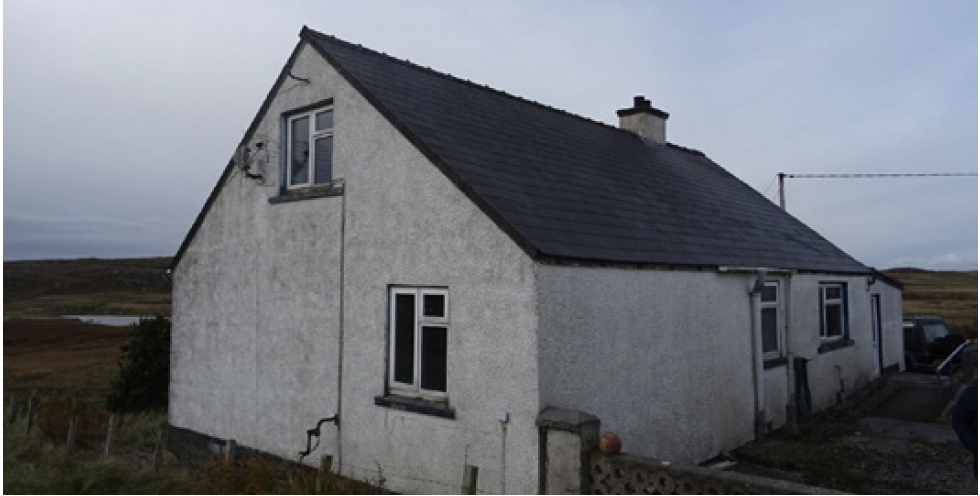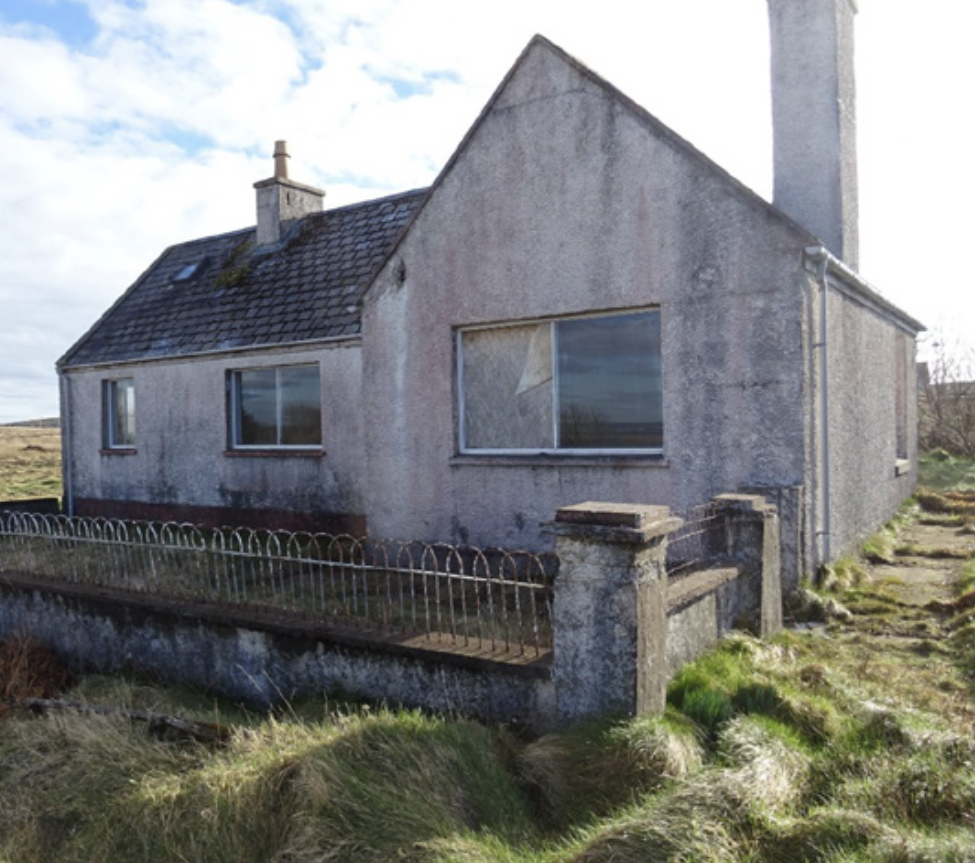Annual Impact Report 2024
Tighean Innse Gall
David McPhail, development assistant with Tighean Innse Gall (TIG) reflects on the opportunities and challenges encountered in a 2 year project to bring empty homes back to use in the Outer Hebrides.
The TIG Empty Homes Project, started in July 2022. It covers the whole of the Outer Hebrides and was initiated with the following objectives;
- Undertake 20 feasibility studies on empty properties to determine the viability for refurbishment of the properties to bring them back into use as homes.
- Develop different funding/tenure routes, including low cost home ownership and affordable rent options to be used for letting and/or selling of the properties on completion.
- Take forward 12 properties for refurbishment via the project funding routes.
Work Done to Date
Over the past 2 years, TIG have worked alongside the Comhairle nan Eilean Siar (CNES) EHO to identify properties throughout the Western Isles that would be suitable for development via the project. Initial difficulties were encountered with property owners pulling out at feasibility study stages when it became apparent for many properties that TIG could not offer purchase prices in line with full market costs and property owners expectations. This was due to disparities between renovation costs and market values.
These difficulties led to a reasonable amount of abortive work with a high number of properties dropping out of the project. As a result of these difficulties encountered, an altered approach to negotiations was employed and streamlining of the feasibility study and financial assessment procedure was undertaken to decrease the study times.
A total of 42 properties have been considered throughout the project lifetime with 21 of these being brought to survey stage and 16 full scale feasibility studies being undertaken. Of the properties take to feasibility stage, 6 have been identified as viable to take forward and are currently at various stages of negotiation or acquisition.
A further 4 properties are under review and being considered to take forward. In addition, 6 of the properties identified but not taken forward have now been sold or rented by the owner.
Despite not meeting the project aims within the 2-year period, TIG will continue to work to bring back into use the properties identified so far and the project advisory group will continue to meet while these are being taken forward.

Opportunities Opened Up
The project lead to many unexpected opportunities alongside the main outcome of bringing homes back into use.
- Streamlining the initial feasibility study to 8 weeks, with decisions on viability made within this time.
- Ability to quickly identify future properties where purchase and refurbishment costs fall within the financial margins.
- Opportunities to begin working with community owned estates and other organisations on joint projects to bring empty homes back into use.
- Use of the Rural & Islands Housing Fund, to continue the project into the future and deliver the original intention of re-developing 12 houses.
- Exploring ways to mitigate the impact of high lender interest rates on borrowing costs for refurbishment through discussions with HIE.
- Discussions with Scottish Government to use Empty Homes Keywork Grant for some of the properties.
Through the lessons learned, experience gained, and the opportunities, TIG are in a good position to continue this work into the future and bring empty properties back into use.

